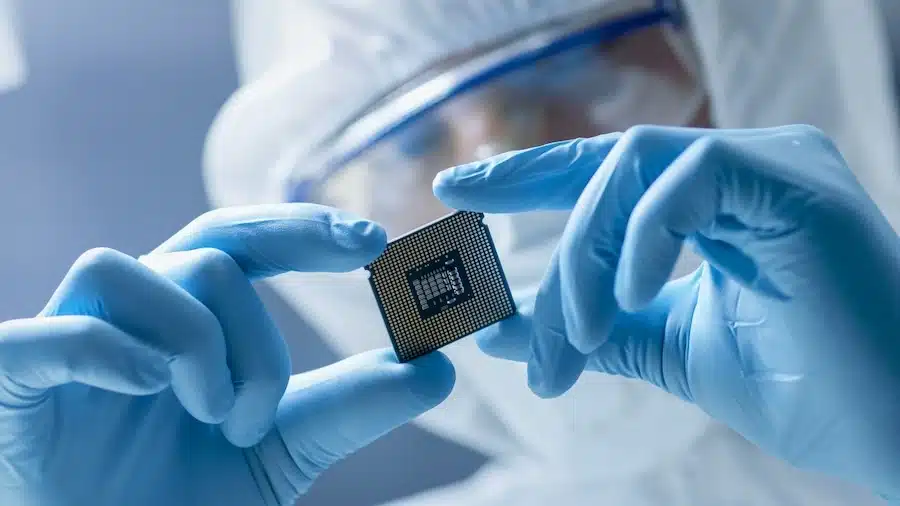One of the hardest things when browsing the Horizon 2020 site is simply to figure out how the big picture has been organised. What is going on there? What are the grant schemes? How do they work? Who should apply?
Without that information, it’s pretty hard to judge whether this might be for you, or not.
The grant schemes are organised in 7 different types:
- Research and Innovation Actions
- Innovation Actions
- Coordination and Support Actions
- SME Instrument
- ERA-Net Co-Fund
- Pre-Commercial Procurement Co-Fund
- Public procurement of innovative solutions Co-Fund
When a funding call like Personalising Health and Care is released, it is broken down into quite a lot of sub-topics. Each sub-topic will fit into one of the types above. For example, if you look at the page for the first PHC sub-topic, “Understanding health, ageing and disease: determinants, risk factors and pathways”, and scroll to the bottom, you’ll see that it’s a “Research and Innovation action” – i.e. in the first type.
The type of the grant influences what level of funding is available, and who can apply. Most types require three “entities” spread across three countries to apply together. If nothing is specified, this is what you should expect, unless it’s an “SME Instrument” or a “Co-ordination and support action” – in which case only one entity needs to apply.
With that in mind, here’s a brief description of each of the funding call types.
Research and Innovation Actions
This is meant to support “activities aiming to establish new knowledge and/or to explore the feasibility of a new or improved technology, product, process, service or solution”. In sort, very new stuff. The activities this aims to support are “basic and applied research, technology development and integration, testing and validation on a small-scale prototype in a laboratory or simulated environment”, and the funding level for this type of work is 100%.
Innovation Actions
Here, the EU is looking to fund slightly later projects, “directly aiming at producing plans and arrangements or designs for new, altered or improved products, processes or services”. This time, the activities include “prototyping, testing, demonstrating, piloting, large-scale product validation and market replication”. The funding for this type of call is 70%.
Coordination and Support Action
The EU recognises that innovation doesn’t happen solely in innovating companies – there are a whole bunch of actors that may not be doing R&D themselves, but are necessary to creating an environment that’s conducive to the work they want to encourage. And so it provides funding for (get ready for a mouthful): “standardisation, dissemination, awareness-raising and communication, networking, coordination or support services, policy dialogues and mutual learning exercises and studies, including design studies for new infrastructure and may also include complementary activities of networking and coordination between programmes in different countries”.
Each of the major funding calls will typically include some coordination and support actions, and these are funded at 100%.
SME Instrument
These will be of great interest since they provide support for R&D and are single-company schemes, but they tend to be rarer (based on our research so far) than the other types of funding, so don’t limit yourself to these (which are likely to be oversubscribed anyway). The SME instrument type is typically split into two phases, where Phase 1 is a feasibility study and planning exercise that then leads to a “strategic business plan” that is implemented with much larger funding in Phase 2. The funding rate depends on the call. Typically it’s about 70%, but PHC-12, for example, is 100%-funded because the EU has decided that this particular SME instrument is highly research-intensive.
As they say, there are no good rules without good exceptions.
ERA-NET Co-Fund
ERA-NET is a CORDIS programme that you can probably safely ignore for now unless you’re in the public sector. These co-funding calls are themselves public-public partnerships, and so of little interest to startups. They are typically funded at 33%.
Pre-Commercial Procurement Co-Fund
PCP Co-Fund appears to be there to encourage entities (public or private) to procure research and development jointly. I suspect this is of little use to startups as well, unless they find themselves on the receiving end of such a procurement call (which would only typically happen to larger startups).
Public Procurement of Innovative Solutions Co-Fund
PPI Co-fund, nothing to do with those annoying PPI phone calls, is similar to PCP but for public procurement. Another one to ignore.
In conclusion
The first four funding call types are the relevant ones, and now when you browse through the multitudinous jungle of H2020 funding, you may have a better idea of what they’re talking about with their classification of funding calls.
There’s more to come of course – this is just scratching the surface of one of the facets of the H2020 gem. Stay tuned (sign up for the newsletter or follow the feed) to get more updates!





